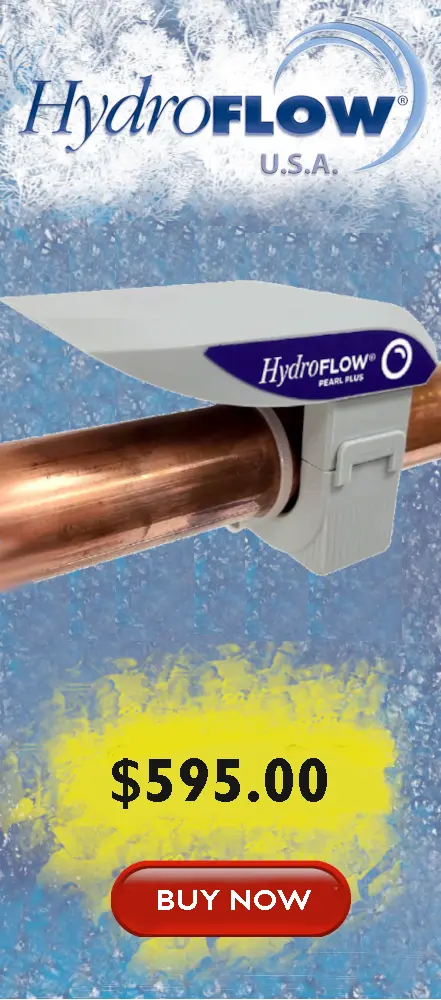Montana
Water Quality in Montana
Montana is a sprawling state with a plethora of natural beauty. Home to numerous mountain ranges, and national parks such as Yellowstone and Glacier National Park and water resources such as Fathead lake. The state is the 4th largest in the US by area, and 3rd least densely populated. The state's natural beauty and sparse population has caused a recent spike in tourism.
Though tourism is quickly climbing, Montana’s economy is mainly driven by Agriculture.
Montana potable water sources come from rivers, lakes, streams and underground aquifers. Public water supply is 1.6% of the entire state's supply and the main source is underground aquifers. 96% of Montana’s water is used for irrigation purposes.
Water Hardness Summary
When rain falls, it gathers in lakes and aquifers. Rock formations in these bodies of water begin to slowly melt and enrich the water with dissolved minerals. The greater the number of dissolved minerals in the water, the harder it is. Montana water is considered slightly hard with an average state range of 91 PPM.
The hardest water in the state comes from Kalispell, with a water hardness level of 175 PPM. For reference, water is considered hard between 120-180 PPM. 180 and above is considered very hard according to USGS water hardness measures. While many Montana cities have hard water, such as Missoula (175 PPM) and Great Falls (147 PPM), there are a few cities with moderately soft water. Helena water is considered very soft, at 25 Parts Per Million, and Butte has moderately soft water with 54 PPM.
For more information on the water hardness in specific cities, please see the table below.
PPM = Parts Per Million
mg/L = Milligrams Per Liter
gpg = Grains Per Gallon
Agriculture, Farming and Water Hardness
Montana’s economy largely depends on its agriculture and forestry industry, with 28,000 farms on more than 59 million acres. Agricultural highlights include beef cattle, grain, sheep, potatoes, sugar beets, wheat and fruits. Crops are grown along the Rocky Mountains and Great Plains valleys using irrigated farms. In addition to agriculture, Montana is a leading lumbering state, accessing close to half of the states 13 million acres of forests for lumber production.
As a great deal of Montana has water rich in calcium (the primary source of water hardness), many farms and food processing plants experience issues related to scale buildup in their irrigators and equipment. In addition, contaminants polluting soil and waterways have increased greatly over the past few decades and there is a greater need for waste and chemical control. Many farmers are looking for eco-friendly solutions that can increase the quality and yield of their crops while saving water. Read more about how HydroFLOW can increase crop yield.
Solutions to your Water Quality Problems
Fixing your water quality issues in the state of Montana will depend on your specific water source. It is best to test your potable water supply in order to get a better understanding of your water quality. Testing is relatively cheap. The test results will allow you to understand if your potable water has issues that need to be addressed. Common solutions to water contamination problems may include a water filtration system, a reverse osmosis system or other whole home water treatment solutions.
A problem that many Montana residents will have to deal with is hard water. One old-fashioned, inefficient, expensive and unhealthy method to treat hard water is with a salt-based water softener. Most people don’t realize that if you’re using a water softener you are basically removing calcium and magnesium from your drinking water and adding salt to your diet. In addition, many states are banning the use of salt-based water softeners.
Alternative water treatment solutions such as “water conditioners” have been gaining popularity in recent years because they are cheap to operate and the best eco-friendly solution for hard water. Hydropath technology, which powers the HydroFLOW water conditioners is by far the most efficient and cost-effective eco-friendly solution to deal with hard water problems. To learn more about how HydroFLOW solves the problems created by hard water, please check out our technology page. You might want to read this blog that explains the difference between water conditioners and water softeners: Water Conditioner vs. Water Softener Blog.


